Located in East Europe, Hungary embodies the European charm and has the potential to impress one with its cultural heritage and breath-taking natural spots. With multiple environmental variations from mountains in the north to numerous lakes and rivers, Hungary has a lot to offer.
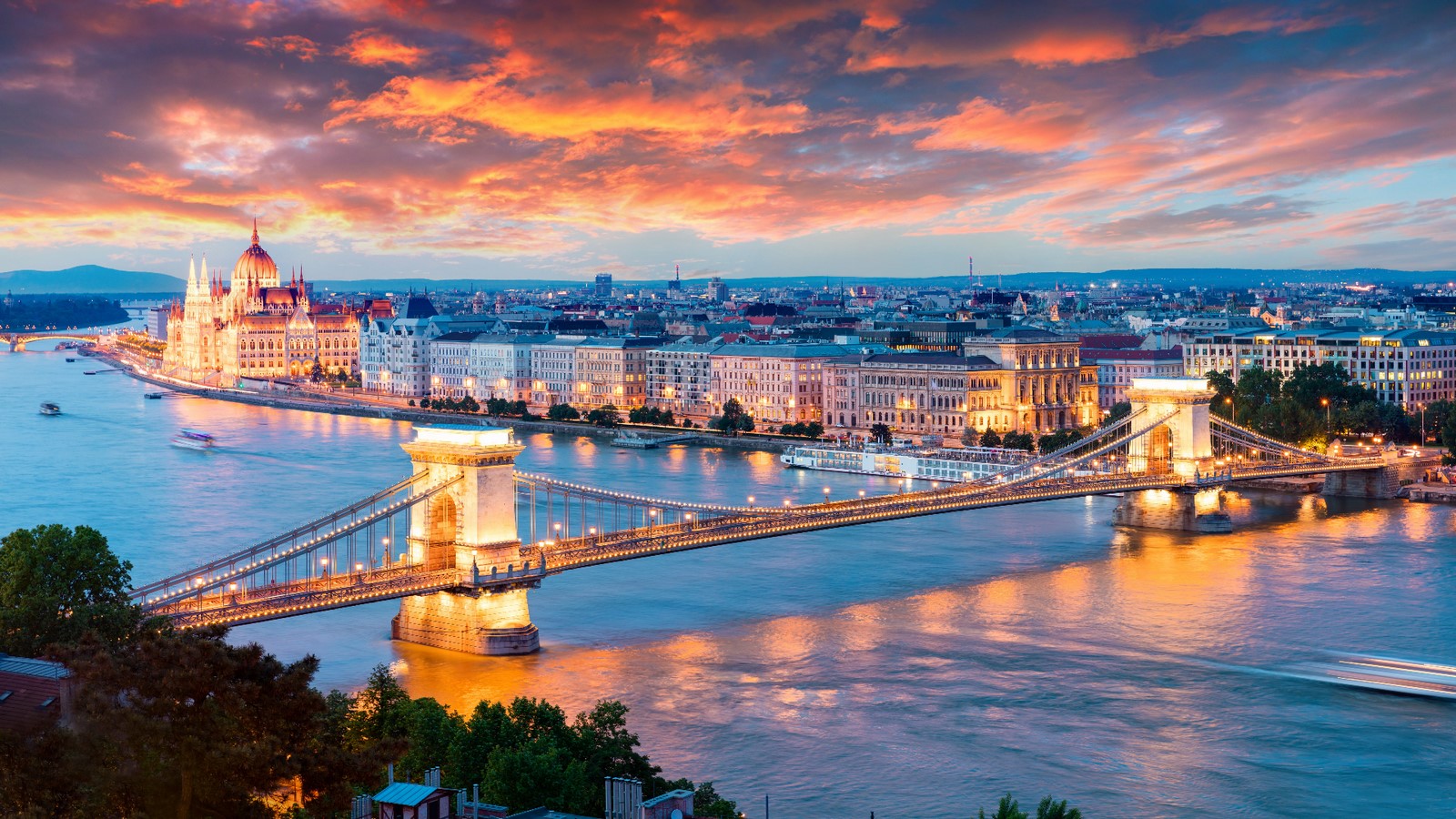
A few of the notable architectural styles in Hungary are Historicism and Art Nouveau. The famous Hungarian architect Ödön Lechner played a crucial role by infusing elements from Indian and Syrian architecture into traditional Hungarian decorative designs, thus creating a style specific to Hungary.
During the 1860s, the kingdom of Hungary was a province of the Habsburg empire. After the Prussia-Austrian war and the revolution of 1848-49 and the War of Independence, Hungary eventually became a member of the Austrian empire. The political and economic activity throughout these years led to construction development in the fields of administration, military and educational backgrounds. With further development engineering and construction industry, urbanization and population growth, a system of building public institutions like public baths, education institutions and so on began to expand.
The architecture of Budapest the capital city of Hungary, can be identified into distinct periods.
Historical Age
The civilization in Budapest began after the Hungarian tribes began settling in the Carpathian Basin. As a result, traits of historic architecture ranging from antique ruins to medieval buildings can be found. The Buda castle and the colourful streets of the Danube are examples of these historic remains. An influence of Baroque architecture can also be seen in the old city of Budapest. Cobblestone roads, church towers and elaborate stone statues are a reminder of the same.
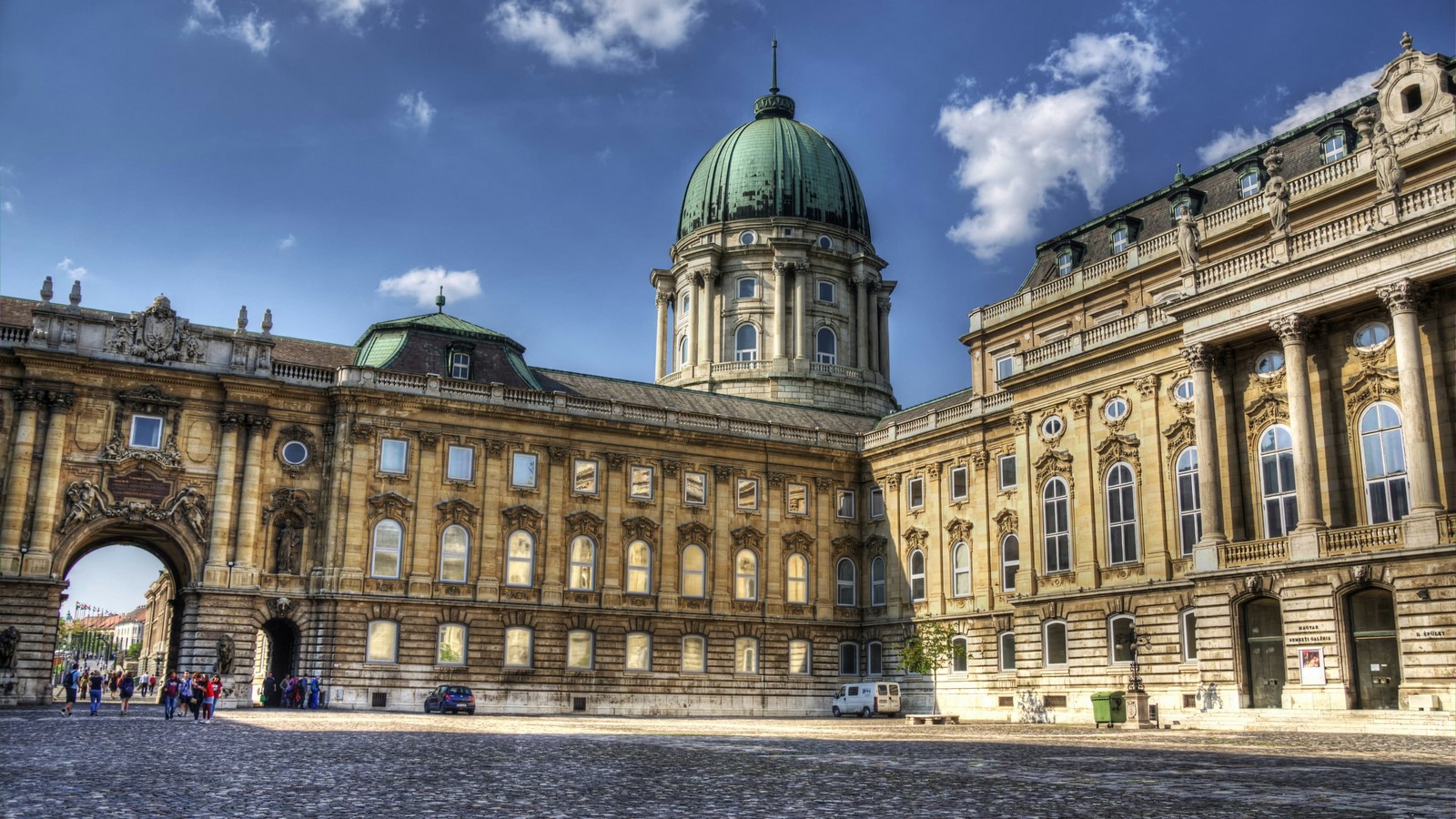
The Golden Age
Post the Austro-Hungarian Compromise of 1867, Hungarian politicians took the opportunity to develop their country leading to an increase in infrastructural projects. Even today these buildings stand beautiful and invincible due to their grandeur scale and public spaces. During the same period, the people of Hungary began focusing on making Budapest infused with culture. Businessmen began earning huge profits and as a result, invested in building their factories and civic buildings. Glimpses of the same can be seen today in the Art-Deco factories on the outskirts of Budapest.
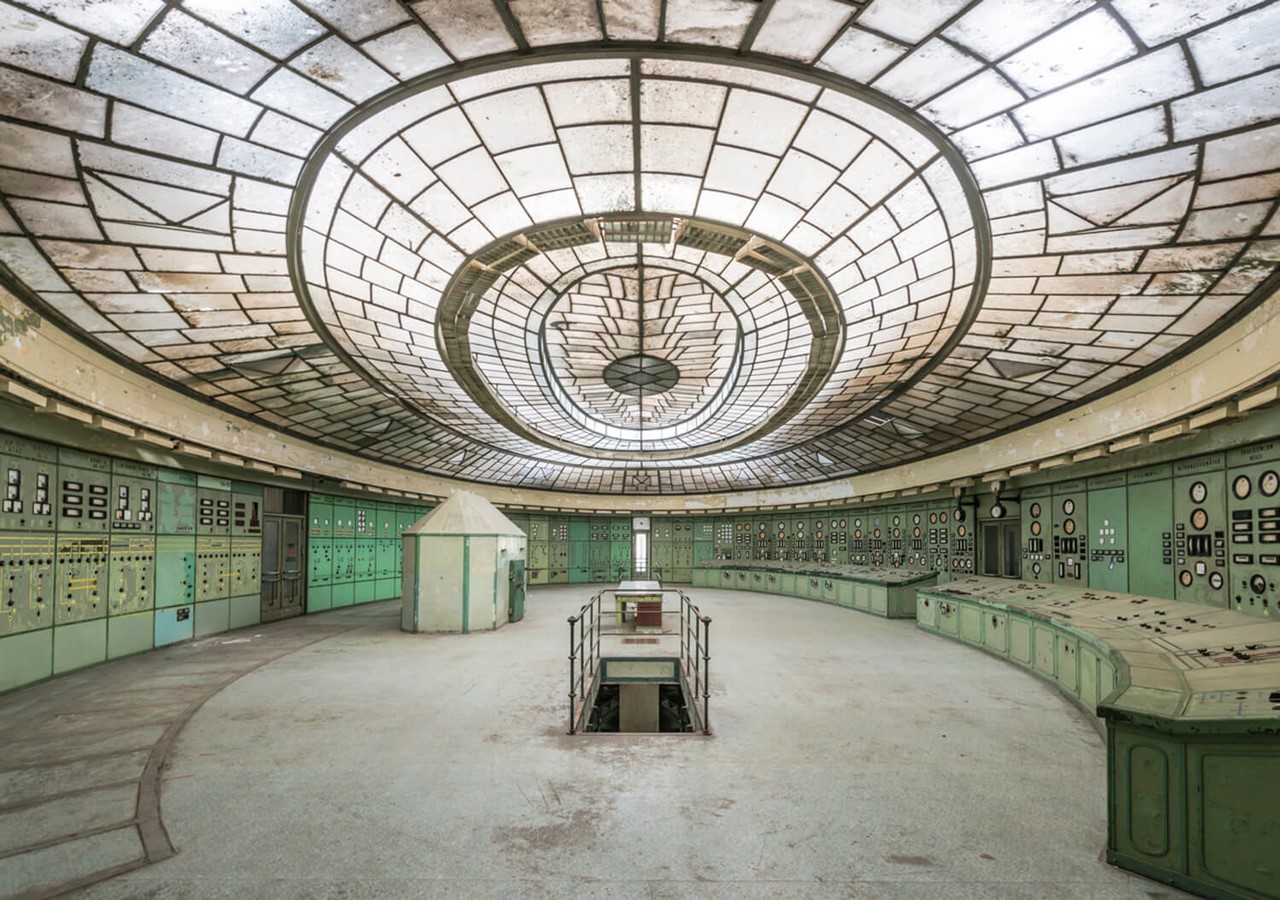
The Age of Multiple Styles
During this period, multiple different architectural styles were being constructed at the same time like neo-gothic, non-renaissance and neo-classical buildings. The architects began designing important buildings with details belonging to the eclectic neo-renaissance style. The Hungarian State opera house was designed with numerous statues, frescos and wrought iron decorations. Apart from reviving the styles of the past, the Hungarians were actively involved in the creation of Art-Nouveau. This creation is well displayed in the Museum of Applied Arts, Budapest. The architect, Odon Lechner designed the museum by combining Hindi, Mughal and Islamic designs. Traces of each style can be seen in embellishments, façade details, motifs and even in the colours selected for the building.
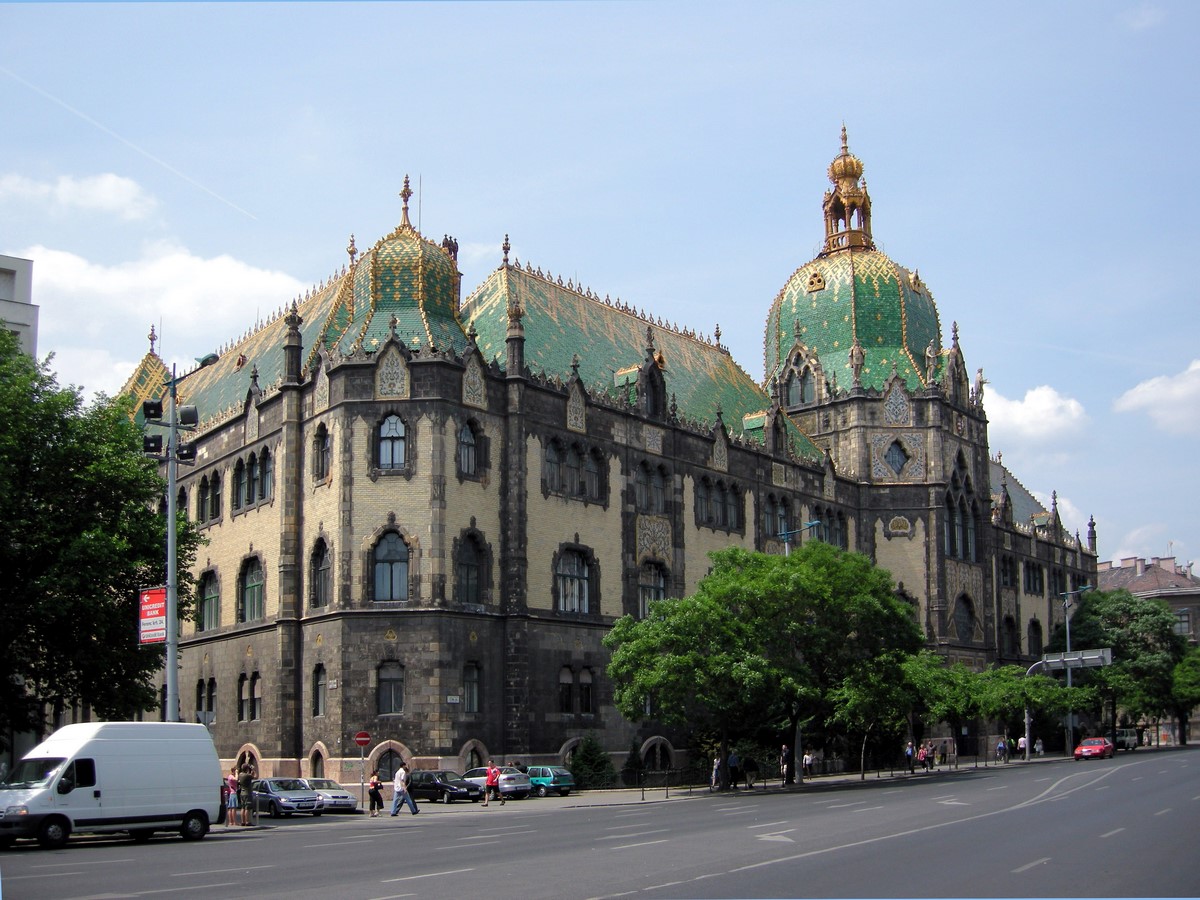
Soviet Era
After the Second World War, the Soviet Era began in 1945. It was during this period that the country began avoiding the excessive use of ornamentation and material as in the past. The intent now was to create a distinctive style which was also financially feasible owing to the repercussions of the war. The use of cheaper materials like concrete and plastic came into the picture. The buildings built now became more abstract, geometrical and repetitive. This was also the era when pop art became popular. The influences of the same could be seen even in the older buildings. For instance, the waiting rooms of older railway stations were renovated with colourful furniture pieces. A shift from the subtle colours which were used earlier to now more strong and pure colours could be seen.
Contemporary Age and Present-Day
A variety of exemplary examples of contemporary architecture can be found. Buildings of different styles like futuristic, deconstructivism and organic glass buildings. An image of a perfectly renovated building standing next to a destroyed building can also be found in the city.
The present-day architecture is so diverse that one can view a historic building alongside a glass building connected to a minimalist modern park with terraces having rustic panels.
The architecture of the country has been under constant transformation in recent years. A few of these recent projects include the House of Music and the Museum of Ethnography. The House of Music, designed by Japanese architect Sou Fujimoto is a contemporary cultural landmark dedicated to music. Snuggled amidst the park trees, it acts as an extension of the natural landscape with a series of columns, glass volumes and a perforated roof. Across the city, one can spot mixtures of the modern city with old historical buildings.
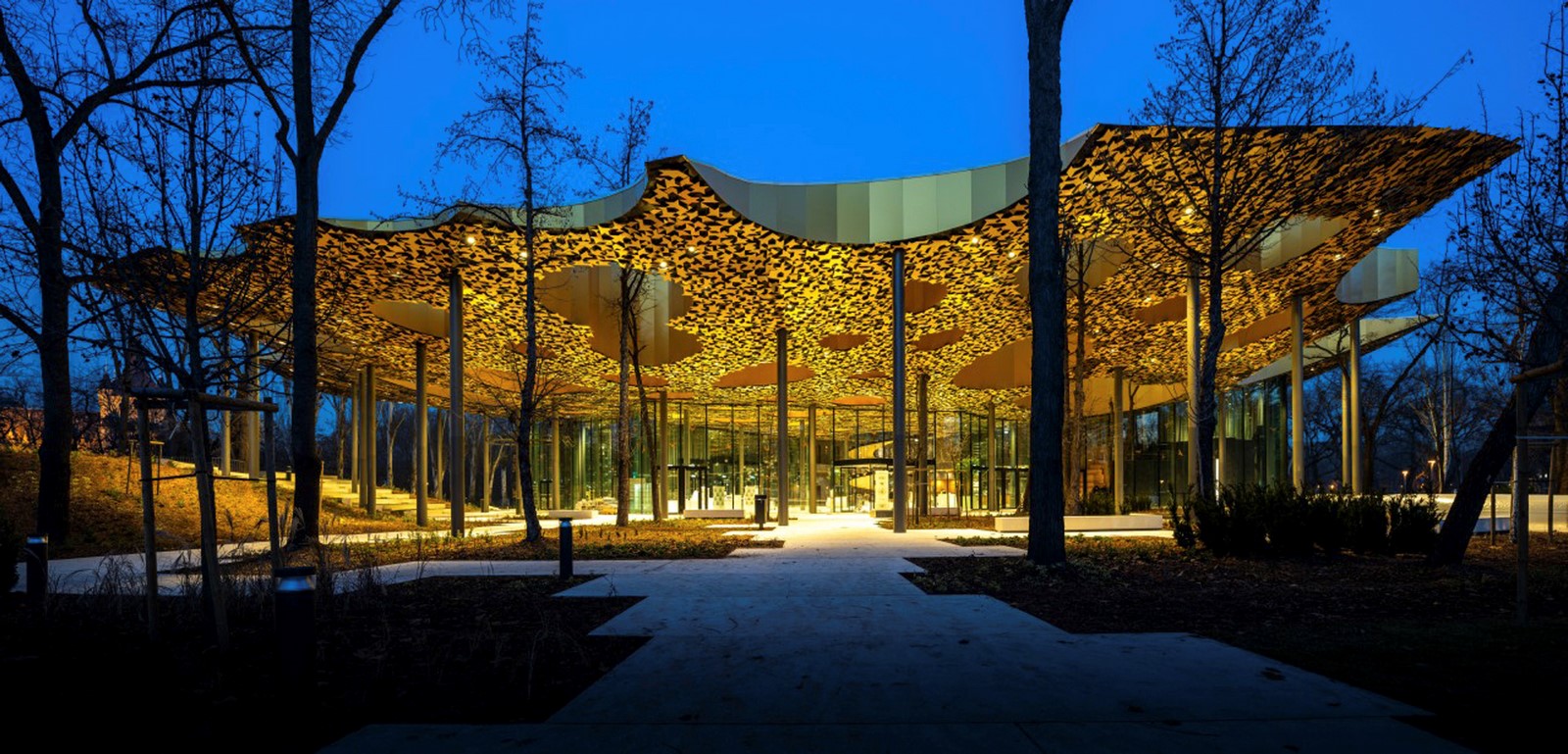
References:
https://www.trafalgar.com/real-word/8-reasons-visit-hungary/#:~:text=Romantic%20architecture%2C%20picture%2Dpostcard%20scenery,Hungary%20a%20must%2Dvisit%20destination.
https://pickvisa.com/blog/reasons-to-travel-to-hungary#unique-hungarian-parliament-building
https://www.hisour.com/historical-architecture-in-hungary-32740/
https://www.hisour.com/architecture-of-hungary-32706/
https://progressiveproductions.eu/insights/hungary/budapest-architecture-history-buildings-filmmakers
https://www.scmp.com/lifestyle/arts-culture/article/3181945/budapest-makeover-how-modern-architecture-transforming?module=perpetual_scroll_0&pgtype=article&campaign=3181945
















